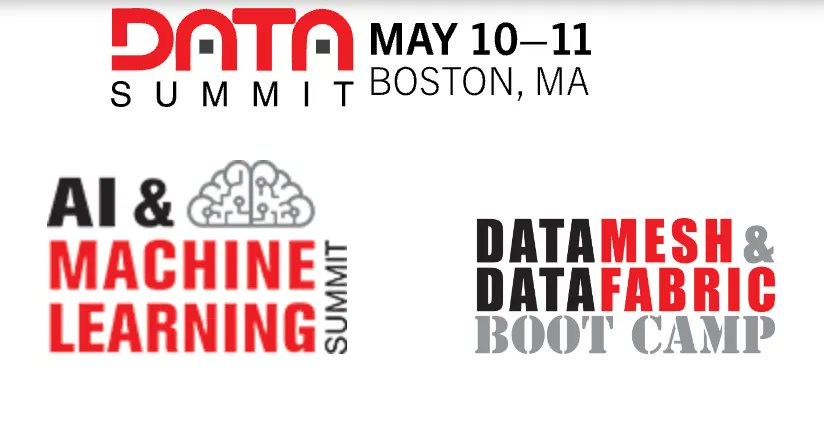
- 10 May, 2023
Embracing the Power of Knowledge Graphs at Data Summit 2023
Probably the most important reason for building knowledge graphs has been to answer this age-old question: “What is going to happen next?” Given the data, relationships, and timelines we know about a customer, patient, product, etc. (“the entity of interest”), how can we confidently predict the most likely next event?
Graph neural networks (GNNs) have emerged as a mature AI approach for knowledge graph enrichment.
Jans Aasman, CEO, Franz Inc discussed how to, “Build Predictions With Machine Learning & Graph Neural Networks,” during his Data Summit 2023 presentation.
The annual Data Summit conference returned to Boston, May 10-11, 2023, with pre-conference workshops on May 9.
GNNs enhance neural network methods by processing graph data through rounds of message passing. Aasman described how to use graph embeddings and regular recurrent neural networks to predict events via GNNs and demonstrates creating a GNN in the context of a knowledge graph for building event predictions.
GNNs predict whether two nodes in a network are likely to have a link. An example is a recommender system that recommends products that are connected. GNNs are supported in AllegroGraph.
AllegroGraph is a horizontally distributed, multi-model (document and graph), entity-event knowledge graph technology that enables businesses to extract sophisticated decision insights and predictive analytics from their highly complex, distributed data that can’t be answered with conventional databases.
Aasman relayed several examples of real-world GNNs and how they can power knowledge graphs. One example tried to predict who former President Donald Trump would confer with on any given day by examining data from Harvard and Google across a lengthy time period in 2018.
Another example showed how a hospital was able to create a library for standard reporting on CMS quality reporting, adhoc event extraction, and more and could be used in the cloud or on premise.
Using a large language model (LLM) such as ChatGPT when researching a link between COVID-19 and other diseases, you can find a casual chain between two phenomena. Then, you can summarize medical text, extract medical terms of unstructured text, and create an enhanced semantic search.
However, the results from a tool such as ChatGPT need to be fact checked against other sources to correct any misinformation that might have been picked up along the way.
Many Data Summit 2023 presentations are available for review at https://www.dbta.com/DataSummit/2023/Presentations.aspx.







